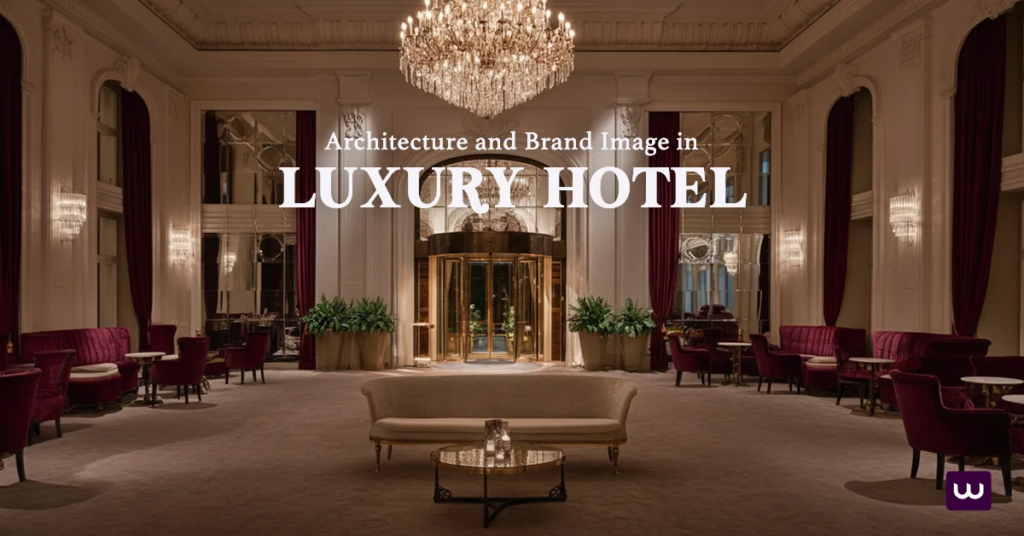
Architecture is the essence of luxury, with hotels showcasing architectural masterpieces that captivate guests and elevate the brand. These beautiful hotels not only enhance the aesthetics but also significantly improve the overall travel experience, making a stay memorable and extraordinary.
Distinctive architecture and lavish interiors create and deliver an elegant and unforgettable experience, associating luxury with grandeur and allure. Beyond aesthetics, architecture shapes the essence of luxury and elevates the brand’s prestige.
What is Luxury Hotel
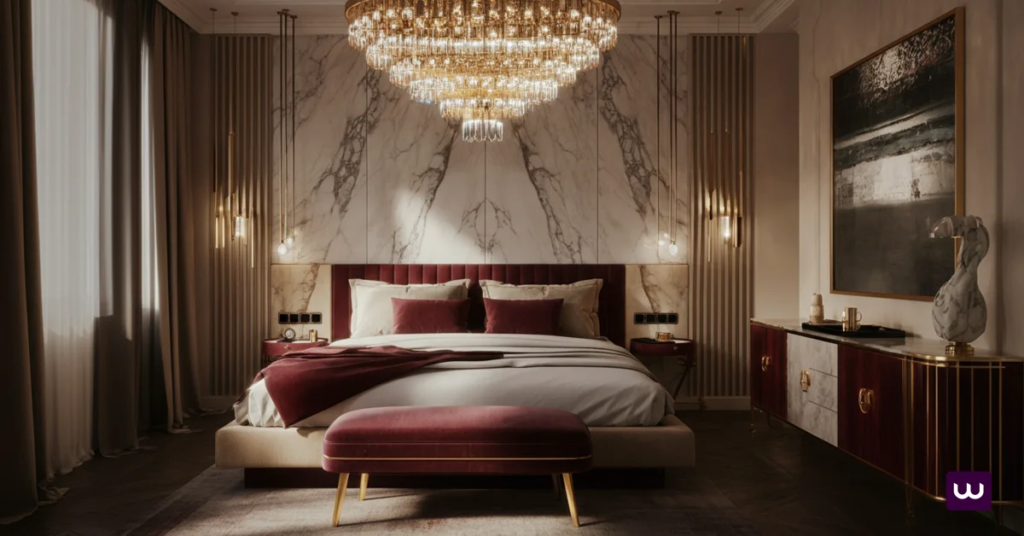
Guest rooms play a crucial role in defining luxury hotels, with their distinctive design and amenities contributing to the overall atmosphere and comfort.
Architectural Elements of Luxury
Luxury hotels meticulously choose materials and textures like marble, crystal, and gold leaf to enhance their refined design, creating an atmosphere of opulence and sophistication. These choices shape the hotel’s aesthetic and influence consumer perceptions design hotel itself, as guests often associate specific textures with luxury and comfort.
Architectural design elements, including the quality of materials, play a crucial role in guest satisfaction by boosting a hotel’s perceived value. Research from the firm ProQuest indicates that potential clients’ preferences for certain textures significantly influence the brand image.
Modern luxury hotels are all about innovative design and technology. Smart systems control lighting, temperature, and entertainment, integrating seamlessly into the architectural design. Technological advancements are key factors influencing consumer choice. Guests appreciate technology that enhances their stay without being intrusive.
Luxury hotels invest in cutting-edge facilities, as research from ProQuest shows that technology is crucial in hospitality, with consumer demand for tech-savvy environments on the rise. Design elements that offer technological convenience greatly affect consumer satisfaction.
Heritage Influence on Luxury Hotel Architecture
Classic styles represent timeless elegance in luxury hotels, characterized by ornate details and grand columns. Many luxury hotels blend classic with modern elements, where modern styles showcase clean lines and simplicity. Consumers are drawn to a balance of tradition and innovation, appreciating the harmony of these styles. ProQuest research highlights how architectural styles influence consumer preferences and perceptions.
Heritage plays a crucial role in luxury hotel design, with many historic buildings transformed into luxury accommodations. For example, the Old War Office has been transformed into the luxurious Raffles London at The OWO, showcasing a blend of history and modern hospitality. Architectural design often integrates heritage conservation, appealing to consumers who value authenticity and historical significance. ProQuest studies reveal that incorporating local history enhances brand perception and fosters consumer loyalty, with heritage preservation being essential for guest appeal and cultural appreciation.
Architectural Aesthetics and Brand
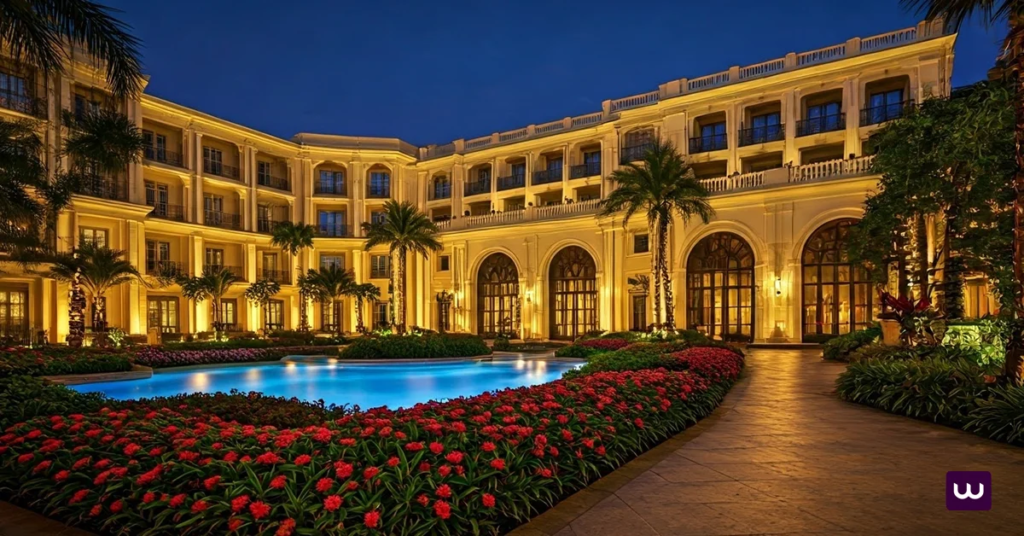
Luxury hotels often emphasize architectural aesthetics to enhance their brand. By integrating seamlessly with their surroundings, these hotels create a unique and memorable experience for guests. For instance, many luxury hotels located within or adjacent to a national park offer stunning views and access to pristine nature, further enhancing their appeal. This connection to natural landscapes not only provides exceptional experiences but also reinforces the hotel’s commitment to sustainability and harmony with the environment.
Visual and First Impression
Exterior Design and Landscaping
The exterior design of a luxury hotel creates the first impression, with grand facades and exquisite landscaping defining its brand image. Architectural features significantly influence how guests perceive luxury and prestige, with expansive exteriors often associated with opulence. Landscaping, including gardens and water features, enhances the hotel’s visual identity, creating a tranquil atmosphere that ideally sets the tone for the guest experience. Additionally, features like a private beach add to the luxurious appeal, offering picturesque views and exclusive amenities that elevate the overall experience.
Interior Design and Ambiance
Interior design shapes the ambiance of luxury hotels, reflecting the brand’s dedication to excellence. Every detail, from furniture to lighting to signage, impacts the brand perception as guests experience luxury through thoughtfully curated spaces. Interior design is integral to branding, with the ambiance aligning with the brand’s values and identity to enhance the overall guest experience.
Brand Consistency
Signature elements are pivotal to a hotel’s brand. Unique architectural features set luxury hotels apart from competition, becoming essential to their brand image. Consistent use of these designs is vital for branding, as guests recognize and cherish these distinctive features. Signature elements are central to brand identity, with architectural consistency reinforcing the brand message.
Architectural integrity aligns with brand values. Luxury hotels must embody their core philosophy through design, crafting spaces that resonate with guests. Consistent alignment with these values shapes the brand’s perceived image. Architectural design is a potent branding tool, helping hotels maintain alignment to build trust with their audience.
Functionality and Guest Experience
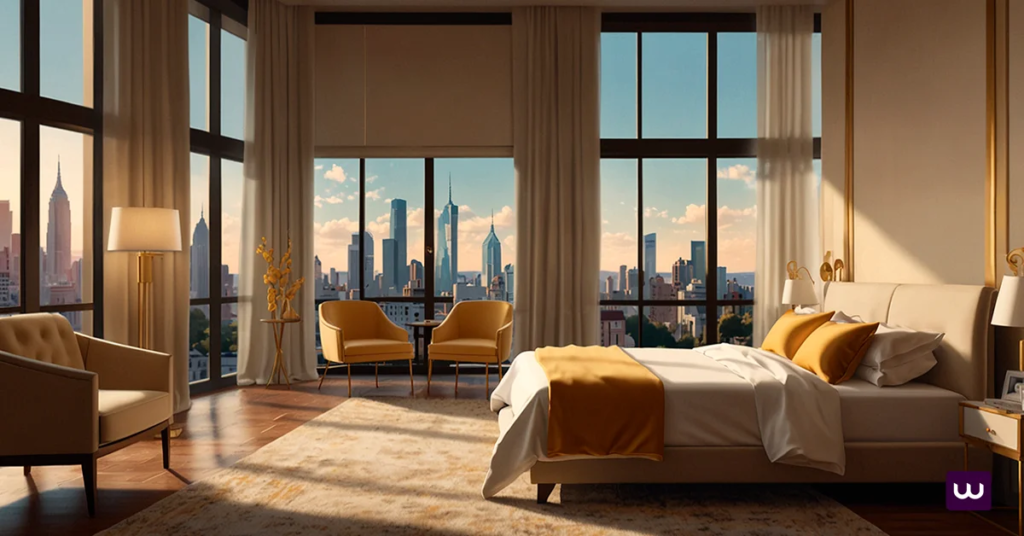
For a truly unique guest experience, consider the Fogo Island Inn, a stunning hotel located on the edge of the Atlantic Ocean in Canada. This architectural marvel is known for its sustainable design, luxurious amenities, and beautiful panoramic views, seamlessly integrating with the natural landscape.
Space, Comfort, and Interior Design
Room Layout and Amenities
Luxury hotels prioritize room layouts to ensure guest comfort. Spacious rooms allow easy movement, while high-end amenities define luxury. Direct access to services enhances convenience, and thoughtful design ensures a seamless experience. Personalized spaces cater to guests’ preferences, often including custom room features through direct booking options. For example, Iniala Beach House in Thailand offers luxurious accommodations with three beachfront villas suites and a penthouse, featuring amenities such as pools, spa facilities, and personal staff like a butler and chef.
Public Spaces and Facilities
Public spaces in luxury hotels serve as social hubs. Beautiful lobbies offer a warm welcome, and diverse restaurants provide culinary experiences. Easy access to facilities, such as fitness centers and spas, promotes relaxation. Personalization of public areas enhances guest satisfaction, with exclusive access often highlighted by direct booking tools.
Accessibility and Sustainability
Luxury hotels embrace green design by using sustainable materials to reduce environmental impact. Energy-efficient systems promote resource conservation, while integrating green technology benefits the environment. Personalized green options cater to eco-conscious travelers, with direct booking platforms highlighting sustainability.
Inclusive design ensures luxury hotels are accessible to everyone. Facilities accommodate diverse needs, with clear paths for mobility and personalized services for diverse guests. Direct booking options often feature accessibility enhancements, as hotels prioritize inclusivity to enhance guest experiences.
Cultural and Regional
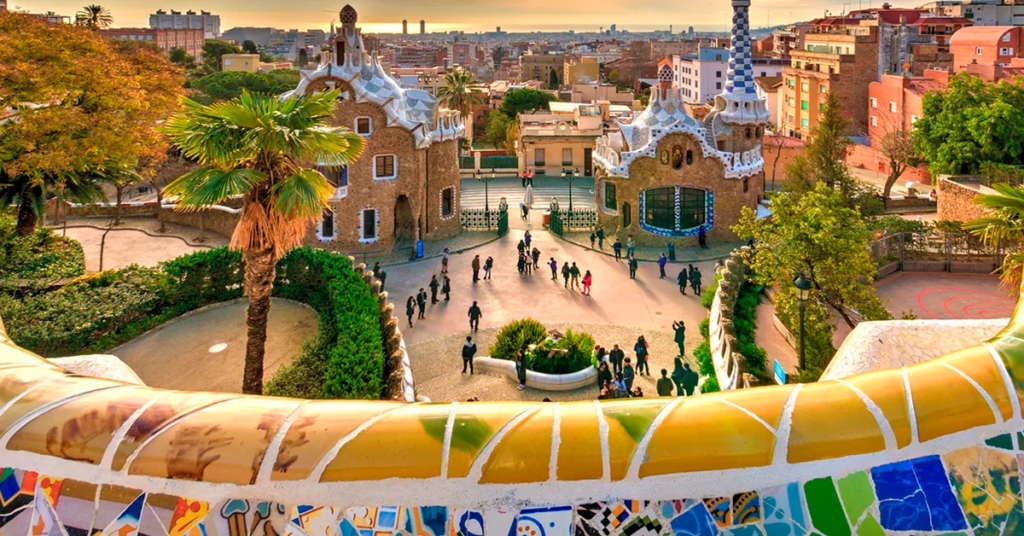
The design of luxury hotels is often influenced by the cultural and regional characteristics of their locations. For instance, the architecture and amenities of many high-end resorts draw inspiration from local traditions and landscapes. A notable example is the Greek island of Folegandros, where the luxury resort Gundari showcases unique architectural features and upscale amenities, providing a premium travel experience. This regional influence ensures that each hotel offers a distinctive and authentic experience to its guests.
Local Culture in Design
Luxury hotels often incorporate local materials and art to enhance authenticity. In Barcelona, Catalan tiles and sculptures are prominent, while in Ciudad de México, murals and traditional crafts are featured. These elements create a unique connection to the local culture, offering a sensory experience that guests appreciate. This approach is part of the “Stay True” philosophy, emphasizing cultural authenticity.
Local Traditions and History
Luxury hotels reflect local traditions and history through their architecture. In Barcelona, Gothic and Modernist styles prevail, while Ciudad de México showcases colonial and Aztec influences. These designs tell the story of the location, fostering a deeper connection for guests. Historical references are integral to the hotel’s brand identity, enhancing guest loyalty.
Global Trends in Luxury Hotel Design
International Design Trends
International design trends are shaping luxury hotel architecture. In Barcelona, minimalist and green designs prevail, while Ciudad de México emphasizes open spaces and natural light. These trends cater to global travelers seeking modern experiences. Staying current with global tastes offers hotels a competitive edge, attracting a diverse target audience.
Balancing global and local elements is a challenge for luxury hotels. Barcelona achieves this by blending modern design with local art, while Ciudad de México combines modern amenities with traditional elements. Cultural sensitivity is crucial, as hotels must deliver a harmonious experience. Successful integration enhances the overall guest experience, achieving balance through methods like “KyunginPreview.”
Iconic Luxury Hotels for Design Inspiration
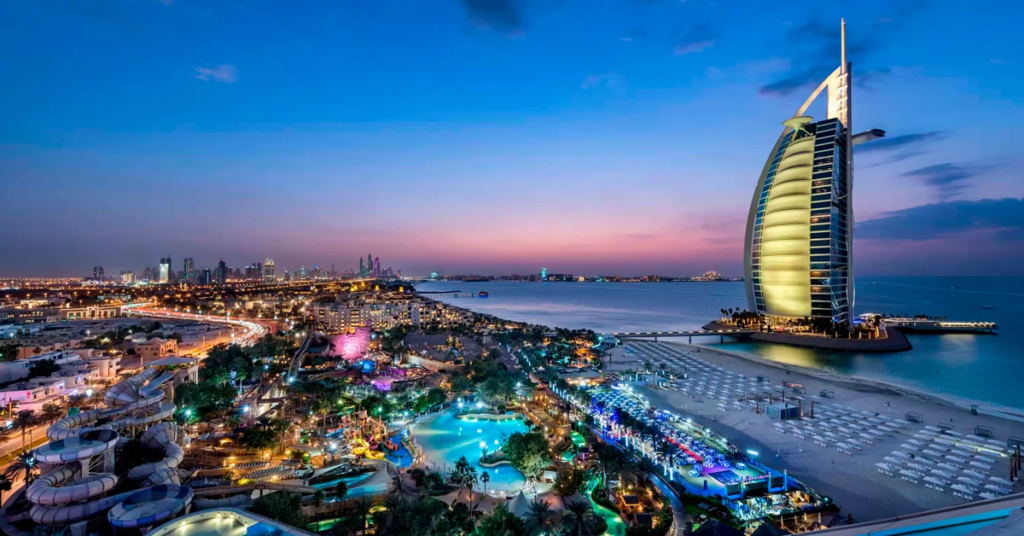
Iconic luxury hotels often serve as a source of design inspiration. The proximity to the Indian Ocean significantly influences the design of many luxury hotels, incorporating scenic ocean views to enhance the allure and upscale experience for travelers. These hotels capitalize on their stunning surroundings to create a unique and luxurious atmosphere.
Burj Al Arab, Dubai
Burj Al Arab represents architectural innovation with its iconic sail shape defining the Dubai skyline. Featuring a helipad and an underwater restaurant, its design elements are integral to its brand. The opulent interior, adorned with gold leaf and marble, enhances its visual appeal, making the architecture a major tourist attraction.
Impact on Tourism and Economy
Burj Al Arab significantly boosts tourism, drawing visitors to the city of Dubai and generating employment. It elevates demand for luxury, enhancing Dubai’s global reputation. As a city landmark, the hotel brings economic benefits across multiple sectors.
Ritz Paris, France
Ritz Paris, an iconic hospitality landmark, has welcomed numerous celebrities and dignitaries. Its Belle Époque architecture has been thoughtfully preserved during renovations, which also added modern amenities. The hotel remains a symbol of luxury, maintaining its historic charm.
Architecture to Maintain Brand Prestige
Ritz Paris relies on its architecture to uphold brand prestige. The grand entrance and opulent interiors leave a lasting impression. Signature design elements in every space reflect the brand’s identity. This meticulous attention to detail underscores a commitment to excellence and sophistication, consistently attracting discerning travelers. Architectural integrity is crucial to the brand’s esteemed reputation.
Architectural Design Challenges for Luxury Hotels
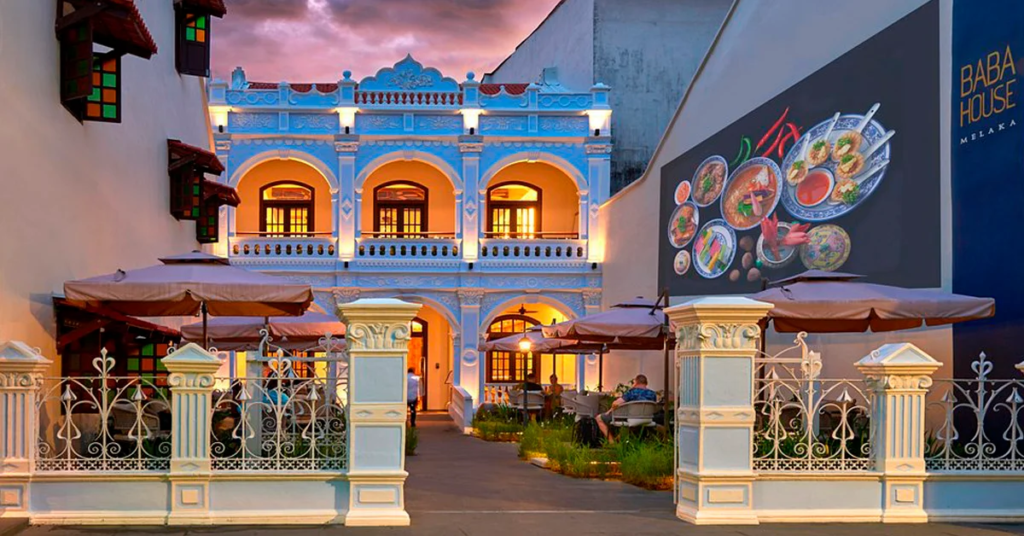
Innovation and Tradition
Balancing Modernization and Heritage
Architects face challenges when integrating modern elements into luxury hotels. Over-modernization can overshadow the hotel’s original charm, causing guests to feel disconnected from the brand’s heritage. It’s essential to balance innovation with tradition, ensuring that new elements enhance rather than detract from the luxury experience.
Preserving brand heritage is crucial in luxury hotel design. Historical elements provide continuity and authenticity, offering guests a connection to the hotel’s past. Architects must skillfully integrate modern amenities without compromising historical integrity, as successful preservation is vital to maintaining the brand’s identity and appeal.
Cost and Feasibility
Luxury hotels face budget constraints during the design process. High-end materials and innovative technology demand significant investment, requiring architects to allocate resources wisely. Cost-effective solutions must not compromise the luxury experience. Thorough planning ensures design choices align with financial realities.
Maintaining luxury hotels is challenging due to high-end materials and intricate designs requiring regular upkeep, impacting the owner’ financial sustainability. Architects must consider durability and maintenance in their design to ensure the hotel remains luxurious and functional over time.
Future of Luxury Hotel Architecture
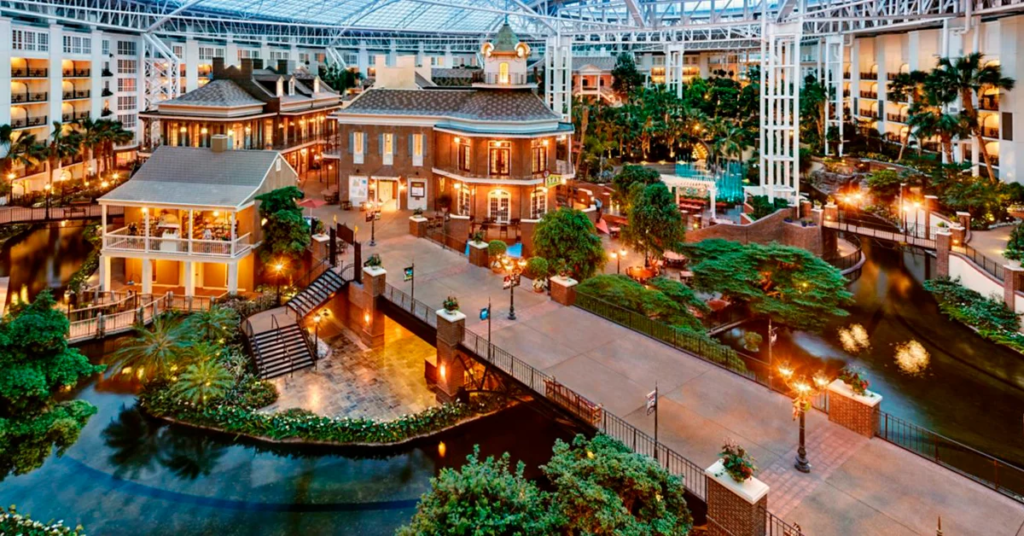
Technology and Innovation
Smart hotels represent a growing trend in luxury architecture design hotel front, using advanced technology to control aspects of the guest experience. Automated systems for lighting and climate enhance comfort, while voice-activated devices provide convenience. Personalized room settings merge smart design with aesthetic principles, pushing hotels to new heights of luxury.
Virtual and Augmented Reality
These technologies are revolutionizing luxury hotel architecture. Designers employ virtual and augmented reality to preview spaces pre-construction. Guests can explore immersive tours of amenities, using virtual reality as a strategic marketing tool to highlight features. Augmented reality creates interactive experiences, redefining hospitality and positioning hotels at the forefront of the industry.
Sustainability and Wellness
Biophilic elements are gaining popularity in luxury hotels, emphasizing the connection to the environment through natural materials. Features like indoor gardens and green walls enhance aesthetics, while large windows invite natural light. Water features contribute to tranquility and relaxation. This design philosophy focuses on guest well-being and prioritizes sustainability through nature-inspired architecture.
Wellness features define modern luxury hotels. Facilities such as spas and fitness centers offer comprehensive health services, while meditation rooms provide spaces for relaxation and reflection. Healing elements like saltwater pools and hydrotherapy, coupled with nutritional dining options, promote holistic wellness. Hotels design these spaces for physical and mental rejuvenation, making wellness architecture a prevailing trend in luxury.
Luxury Hotels in National Parks
Amangiri, Utah, USA
Nestled in the heart of Utah’s Canyon Point, Amangiri is a sanctuary of luxury amidst the rugged beauty of the American Southwest. This architectural marvel draws inspiration from Navajo culture, seamlessly blending modern design with traditional style. The resort’s 34 suites are meticulously crafted to harmonize with the surrounding landscape, offering guests an immersive experience in nature’s grandeur.
Amangiri’s design philosophy emphasizes sustainability and environmental responsibility, ensuring that the resort not only complements but also preserves its stunning surroundings. Guests can indulge in the resort’s world-class amenities, including a serene swimming pool that mirrors the desert sky, a well-curated library, an art gallery, and comprehensive wellness facilities. Each element of Amangiri is designed to provide a luxurious yet grounded experience, making it a standout destination for those seeking both comfort and a deep connection to nature.
Boutique Hotels with a Personal Touch
Sir Albert Hotel
In the vibrant heart of Amsterdam, the Sir Albert Hotel stands as a testament to the charm and uniqueness of boutique hotels. Housed in a 19th-century diamond factory, this stylish retreat marries historical architecture with contemporary design, offering guests a truly personalized experience. The hotel’s 21st-century amenities are thoughtfully integrated into its historic framework, creating a space that is both comfortable and visually captivating.
Each guest room at the Sir Albert Hotel is a haven of style and comfort, featuring bespoke furnishings and modern conveniences. Unique touches, such as in-room vinyl players and the option for Gibson guitar lessons, set this boutique hotel apart. The hotel’s music library further enhances the guest experience, providing a curated selection of records to enjoy. With its focus on personalized service and distinctive design, the Sir Albert Hotel offers an intimate and memorable stay in one of Europe’s most dynamic cities.
Luxury Hotels with a Focus on Wellness
Santani Wellness Resort and Spa, Kandy, Sri Lanka
Perched amidst the lush landscapes and old town of Kandy, Sri Lanka, the Santani Wellness Resort and Spa is a beacon of tranquility and rejuvenation. This luxury hotel is designed with a deep respect for its natural surroundings, drawing inspiration from traditional Sri Lankan architecture. The resort’s minimalist structures are thoughtfully positioned to blend into the landscape, creating a serene environment that promotes wellness and relaxation.
Santani’s commitment to wellness is evident in its comprehensive range of treatments, including Ayurvedic healing and detox packages. The spa, designed to resemble the neighboring stepped paddy fields, offers a unique and peaceful space for guests to unwind. Large windows invite natural light and breathtaking views, enhancing the sense of connection to the surrounding nature. With its focus on sustainability and holistic well-being, Santani Wellness Resort and Spa provides a luxurious escape where guests can rejuvenate both body and mind.
Google Scholar and Luxury Hotel Branding

Research and Findings from Google Scholar
Academic Insights on Luxury Hotel Design
Google Scholar serves as a comprehensive resource for exploring luxury hotel design. Researchers delve into architectural elements that epitomize luxury, examining how these designs influence guest perceptions and contribute to branding.
The team of focus extends to the importance of materials and textures, the integration of innovative technologies, and the dynamic between classic and modern aesthetics. This platform is an invaluable tool for identifying trends and understanding how architecture shapes brand identity in the luxury hotel sector.
Branding Strategy in Luxury Hotels
Google Scholar significantly influences branding strategies within luxury hotels. Research on this platform identifies key elements that enhance brand image and emphasizes the importance of architectural cohesion. Studies investigate the alignment of design with brand values and the impact of signature elements on branding.
This research also includes data on consumer preferences and the significance and success of cultural integration, offering insights into how design can foster guest loyalty and highlight global trends. Google Scholar is an essential guide for developing effective branding strategies in luxury hotels.
Applying Google Scholar in Real Estate Branding
Luxury Real Estate Branding
Luxury real estate branding increasingly leverages findings from Google Scholar. Research focuses on the selection of materials and textures, while scholars explore architectural innovation and cultural integration. Sustainability is a key area of interest, as it contributes to a unique brand identity.
Academics delve into heritage preservation, enhancing property value through design that aligns with brand ethos. Google Scholar serves as a strategic resource for making informed decisions in luxury real estate branding.
Research for Brand Image in Luxury Hotels
Research from Google Scholar plays a crucial role in enhancing brand image within the luxury hotel industry. Studies provide insights into consumer expectations and scholars investigate how aesthetics influence guest satisfaction. Research emphasizes the importance of functionality and space utilization. Academic work on the impact of technology on the guest experience is also prominent.
Studies reveal how design elements, including logos, forge emotional connections, while researchers highlight the critical role of first impressions. Google Scholar offers a wealth of information for crafting compelling brand stories and fostering continuous improvement in luxury hotel branding practice.
Aman Resorts and Peninsula Hotels in Luxury Market
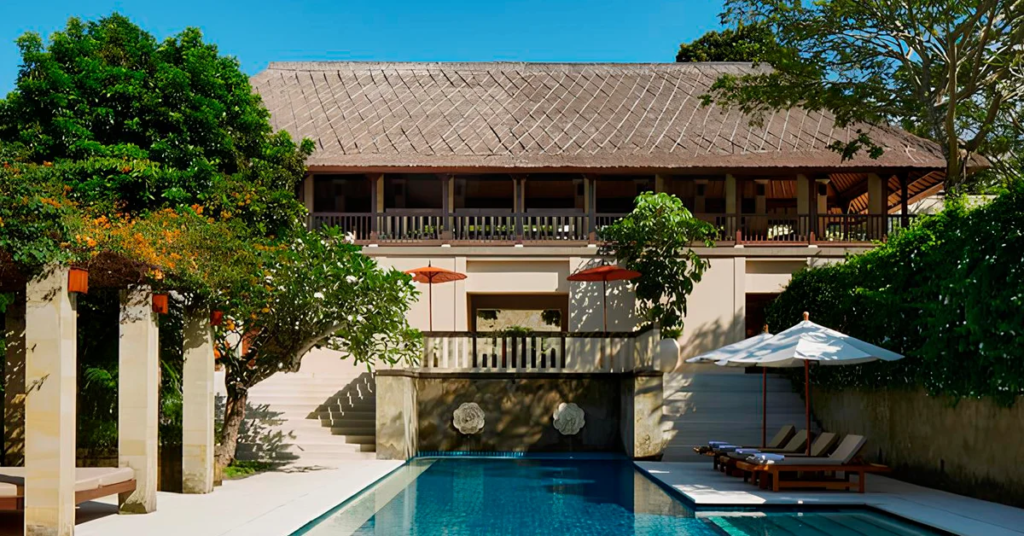
Aman Resorts and Peninsula Hotels are renowned for their exceptional luxury and impeccable service. A leading figure associated with Aman Resorts is Adrian Zecha, the founder, who has been instrumental in shaping the brand’s unique approach to hospitality. Similarly, Clement Kwok, the CEO of Peninsula Hotels, has played a pivotal role in maintaining the high standards and global reputation of the Peninsula brand.
Aman Resorts: A Boutique Hotel Branding Case Study
Architectural Design and Brand Identity at Aman Resorts
Aman Resorts exemplifies architectural excellence in luxury hospitality, embracing a design philosophy centered on harmony with nature. Each resort is seamlessly integrated into its environment, enhancing the brand’s image and desirability. Aman prioritizes privacy and exclusivity, reflected in its minimalist architecture that fosters a sense of calm and connection to nature.
The brand distinguishes itself through unique designs, using local materials to authenticate each location. This approach not only strengthens the brand image but also cultivates guest loyalty. Architectural elements at Aman Resorts symbolize luxury and sophistication, with simplicity and elegance at the core of their branding strategy.
Market Positioning and Brand Image of Aman Resorts
Aman Resorts holds a leadership position in the luxury market, targeting discerning travelers seeking unique experiences. The brand’s full portfolio and marketing focuses on exclusivity and personalized service, using price comparisons to underscore value. Premium pricing reflects the high quality and enhances brand perception and market presence.
Aman invests in targeted email marketing to deepen and develop guest relationships, using personalized content to understand and cater to guest preferences. This data informs their marketing strategies and conversion tactics. Aman’s commitment to using hotel data reports to refine offerings, coupled with consistent communication and innovation, significantly benefits its brand image.
Peninsula Hotels: A Luxury Legacy
Heritage and Modernity at Peninsula Hotels
Peninsula Hotels masterfully blends heritage with modernity, preserving historical architecture while incorporating advanced technology. This equilibrium enhances prestige and enriches guest experiences. The brand commits to sustainable design, using eco-friendly materials to minimize environmental impact, aligning with contemporary definitions of luxury.
The architectural logo design reflects the brand’s commitment to excellence. Signature design elements establish a cohesive identity, recognized and valued by guests. Peninsula Hotels upholds its legacy through architectural integrity, with its rich heritage forming a solid foundation for its desirability. Successful luxury hotel branding skillfully preserves tradition while embracing progress.
Branding in Hospitality at Peninsula Hotels
Peninsula Hotels employs strategic marketing to expand its portfolio and enhance its brand. The focus on direct booking conversion boosts revenue, while competitive pricing and value are highlighted through price comparisons. The brand engages in targeted email marketing, crafting personalized content to foster guest engagement and loyalty.
Additionally, Peninsula Hotels utilizes the Hotels Network website to broaden its reach, with targeted campaigns and promotions tailored to specific audiences. The Hotels Network Newsletter, which includes industry trends, aids the brand in refining its business strategies. Peninsula’s success in hospitality stems from a blend of innovation and consistency, proving that effective branding has a long-term impact in the luxury market.
The Evolving Role of Architecture in Luxury Hospitality
Architecture serves as the face of a luxury hotel, with design elements crafting a unique identity and enhancing guest experiences. As luxury hospitality evolves, the integration of cultural elements into designs helps guests feel connected to the location.
The growing trend towards sustainable architecture represents the modern direction of the industry. Understanding the strategic impact of architecture on business, is crucial for effective branding, ensuring that luxury hotels remain relevant and appealing in a dynamic market environment.




